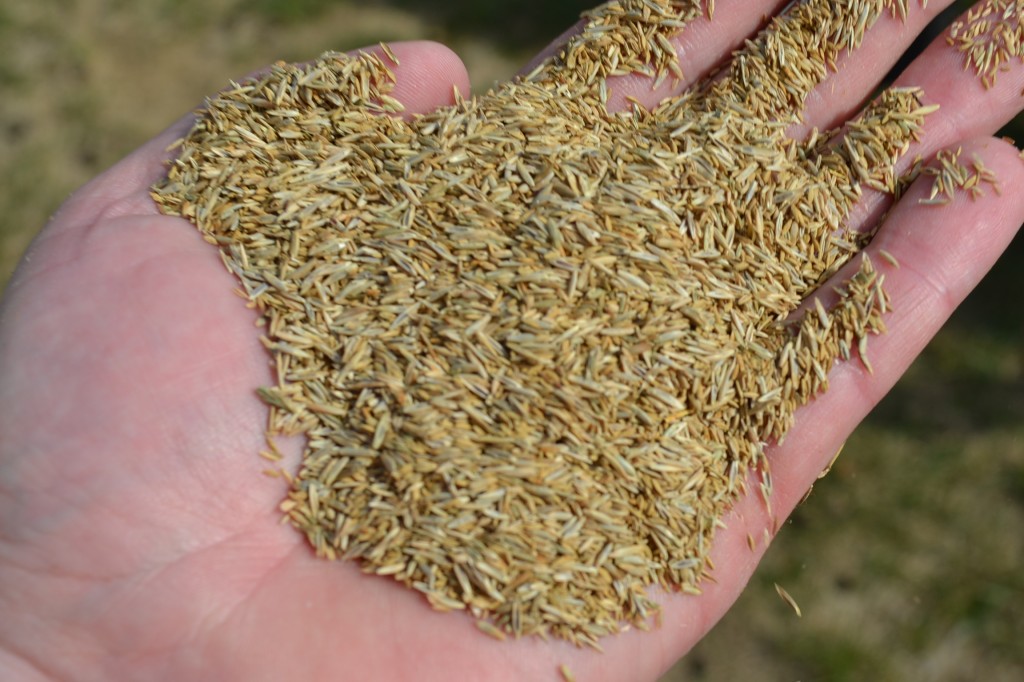Drought damage on plants and trees caused by last years dry conditions might not have been fully visible. Long term drought damaged sustained by plants and trees might show itself this season. Some plants and trees dropped their leaves when the drought conditions were present during the summer of 2012. We will have to see how these plants and trees leaf out this spring in order to know if there was permanent damaged caused.
Turf grass damage on the other hand was quite more obvious. It is not uncommon to see large areas completely killed out or patchy remains of a once lush lawn. Some varieties of turf grass fared better than others. If your lawn consists of a blended variety, you may notice obvious damage. In eastern Iowa, most lawns consist of a bluegrass or fescue lawn or a combination of both. Unirrigated lawns definitely felt the brunt of mother nature last year. If your lawn has a mix of perennial fescue and bluegrass, you may notice some patchiness or clumpiness. Bluegrass did not fair too good last year. surprisingly, perennial fescue did sustain itself quite well during the drought last year. You may notice green clumps of perennial fescue thriving all over your lawn. The areas between the clumps of green fescue were presumably bluegrass. Since bluegrass may have completely died out in sections of your lawn, it may be necessary to aerate and overseed or slit seed these areas.
Drought damage repair tips for turf grass.
- Rake the dead grass areas out to expose the soil.
- Add a light coating of soil or compost or break up the existing soil.
- Add seed to the soil and rake it in.
- Water several time a week for the first couple months or until established.
- Aerate and over seed the lawn to help boost turf density.
- Slit seed the bare areas to establish new grass growth and mitigate drought damage.

